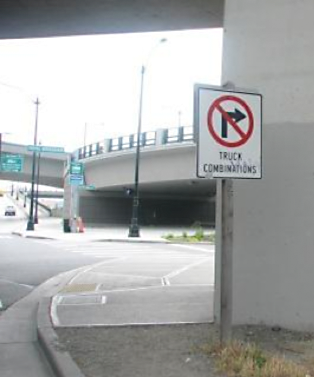Like the fabled city of gold, El Dorado, the notion of a Seattle stadium zone is a myth.
The myth is, one day the city created a special zone in SODO to fill up with professional sports stadiums much like a real estate developer would plan a suburban housing tract. Two stadiums subsequently blossomed in the zone. Now, a buyer has finally stepped forward to buy and build on one of the vacant stadium lots.
But, in fact it’s fiction.
No stadium zone was created. The City of Seattle never even thought of such a thing. The city instead adopted a Stadium Transition Area Overlay District that was adopted in the year 2000 by the City Council for two clear purposes (and just two sports facilities).
One purpose was to support the existing stadiums at Safeco and CenturyLink. At that time, Safeco was already open and CenturyLink was still under development.
The second objective was to mitigate the impacts of those two sports facilities on adjacent industrial lands that were, and are, dominated by vast, bustling railroad yards, railroad lines and marine cargo terminals.
The purpose of the transition area remains clear more than a dozen years later in section 23.74.002 of the Seattle Municipal Code. The intent also remains relevant to the present debate because it shaped the mitigation plan to curb the transportation impacts of the two sports facilities, resulting in the present traffic constraints that plague the area.
That plan was based on constructing two overpasses on either side of Safeco Field that were going to enable trucks to travel over the railroad tracks adjacent to the stadium. Each overpass was to include three one way lanes so trucks could move with relative ease between the marine cargo terminals on Elliott Bay west of the stadium area, and the regional highway network to the east, including Interstate 90 and Interstate 5.
A third overpass was supposed to be built at Lander Street to the south, also crossing the north-south rail lines to improve local traffic circulation in SODO and to provide a traffic alternative to the congestion that was expected to occasionally swamp the stadium area.
But, the overpasses were not built as planned.
The plan for Royal Brougham north of Safeco, was drastically reduced to a curling, narrow two-way structures dubbed by some “the Pigtail.” Originally planned as a major freight mobility project, it was redesigned by a former mayor to be more pedestrian friendly.
That makes it not so friendly to trucks. In fact, a sign at the east entrance to the Pigtail forbids tractor-trailer rigs from turning onto the structure if they are traveling south on 4th Avenue.
Amazing.
Only in Seattle would a giant freight project wind up this way.
Regional freight was funneled instead into the Atlantic Street overpass south of Safeco, now also known as Edgar Martinez Way.
This overpass was built as a two-way road that intersects with 1st Avenue South.
Traffic congestion at this intersection is so bad Metro gave up sending buses through it because reliable bus schedules cannot be maintained.
As for the Lander Street overpass, it was never built and it remains unfunded.
In spite of other new road improvements in SODO, the EIS process for replacing the Alaskan Way Viaduct predicts that after all the construction is through, much congestion will remain.
A service level “F” is forecast for the intersection of 1st Ave and Atlantic most afternoons. That’s F as in Failure and the projection of future traffic impacts did not take into account the potential for operating a third major league sports arena and entertainment complex a few blocks away.
Service levels in the morning are projected at service level D. That’s D as in “dumb,” not a bad way to judge the sorry tail of the Pigtail and the myth of Stadium Estates.

